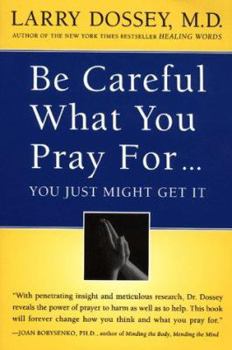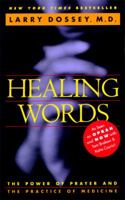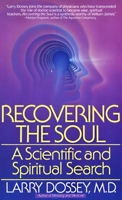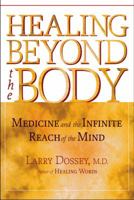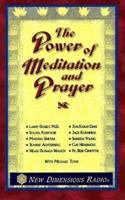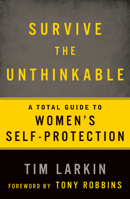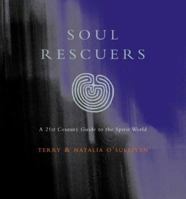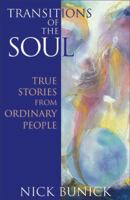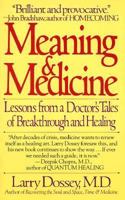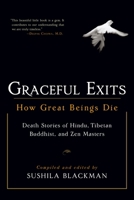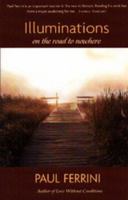Be Careful What You Pray For...You Just Might Get It
Select Format
Select Condition 
Book Overview
You Might Also Enjoy
Customer Reviews
Rated 5 starsinspired, intelligent worshipping of a knowable God
Having read several hundred books on spirituality, prayer, religion (etc), I'd say this is one of my top five favorites. The only downside is the title. The book's focus is a little bit more on the power of NEGATIVE prayer than anything else. I've never had any patience for religious teachings or faith systems that require you to check your intellect at the door before entering into a holy and inspired place. That's the beauty...
1Report
Rated 5 starsGreat book!
I thought this book was fascinating. Scientific research in the field of health psychology has repeatedly shown that our thoughts influence our health. This goes one step further to say that other people's thoughts influence our health as well. I think this is not too much of a stretch since we know from quantum theory that certain things can influence other things without coming into physical contact. That consciousness...
1Report
Rated 5 starsThink in the Beauty Way
Larry Dossey describes the Navajo belief in the power of words, the importance of thinking and speaking in a positive way -- in "the Beauty Way." Counter this with how easily caretakers can "hex" a patient's recovery with such statements as, "You have three months to live if you're lucky," or, "Only 2% of people with this kind of cancer survive more than a year."Dossey is a physician and researcher who has helped bring credibility...
1Report
Rated 5 starsIlluminating the Shadow Side of Prayer
Can prayers cause damage and destruction? Do we possess the power to harm others with our minds? If so, how can we minimize the damage? Dr. Larry Dossey answers these questions and more as he delves into the topic of the power of prayer to cause harm in his brilliant book, BE CAREFUL WHAT YOU WISH FOR. Dossey describes how people utilize negative prayer both consciously (in order to win at a game or in business), and...
1Report
Rated 5 starsBad title--scary content
This is perhaps the most unfortunately titled book I've ever read. The title should have been "Black Prayer" and that's what it's about: Praying for *bad* things to happen to people. Call it hexing, call it cursing, call it whatever: Prayer has a flipside about which little is ever said aloud.Fascinating anecodotes comprise most of the work, but if you follow some of the citations you'll see that there's something to...
2Report











